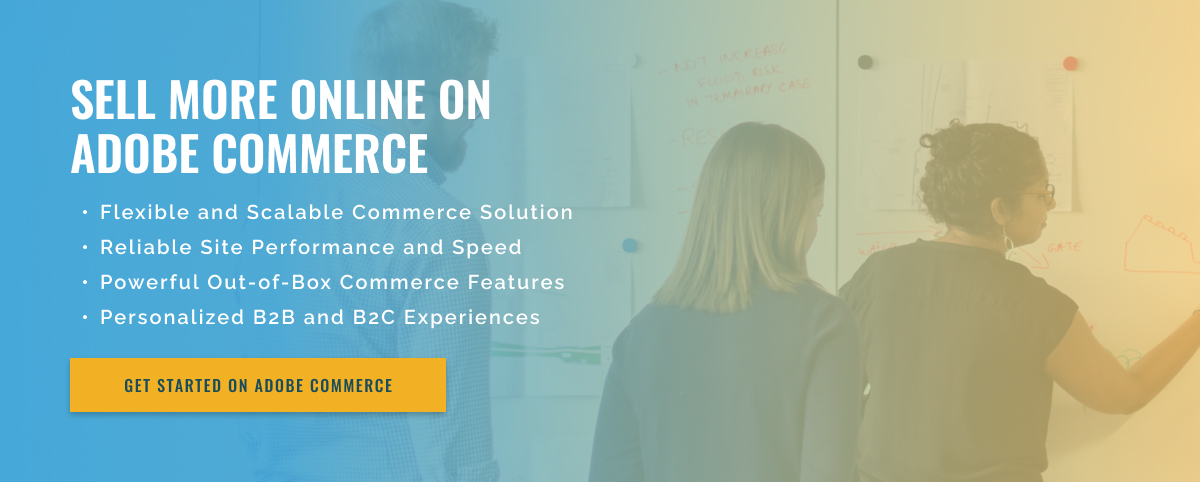3 minute read
Setting up Development Environment in Adobe Commerce
Adobe Commerce is a solid platform for eCommerce websites, and it’s important to know the steps needed to set up an effective development environment. This blog post describes best practices for setting up your Adobe Commerce development environment.
The first step is to choose the appropriate platform and web server. Apache, Nginx, and Windows IIS are popular options, and each has its advantages and disadvantages. When making your decision, consider your budget, team size, and site needs. It’s also worth taking a look at the different web server technologies and web servers that can be used with Adobe Commerce.
The next step is to create a development environment. This can be achieved using a code editor such as Sublime Text, a development environment such as Eclipse or VS CODE, or an integrated development environment such as Visual Studio. Since Adobe Commerce is a Java-based platform, it is important to choose an IDE that provides good Java support.
After setting up your development environment, you need to configure the Adobe Commerce server. There are two ways to do this – through the Adobe Commerce admin console or through a series of scripts. To access the Admin console, you need your Adobe account credentials. Once logged in, you can create the server configurations you need to run your development site.
The next step is to install Adobe Commerce plugins. They can be installed via Adobe Marketplace or manually using the Admin console. Plugins provide essential functionality for your development environment, from API connectivity to payment gateway and shipping connections.
The last step is to configure the application. You must configure the base application, create a deployment file, and ensure that the path to the application is set correctly. Before you start coding, you also need to set up configurations in your code editors and environment.
Overall, setting up a development environment for your Adobe Commerce site can be a labor-intensive process, but it’s definitely worth it. By following best practices and ensuring your platform, environment, and plugins are properly configured, you can ensure your development environment runs smoothly.

